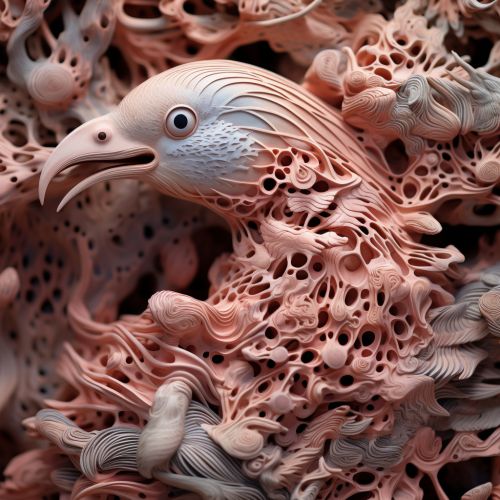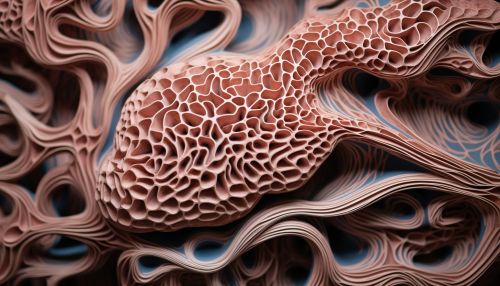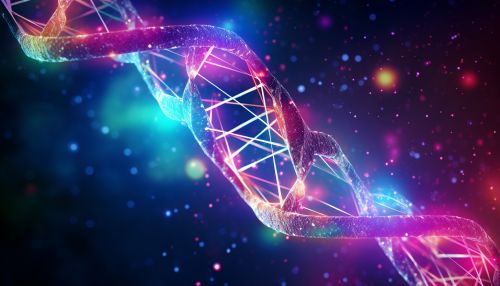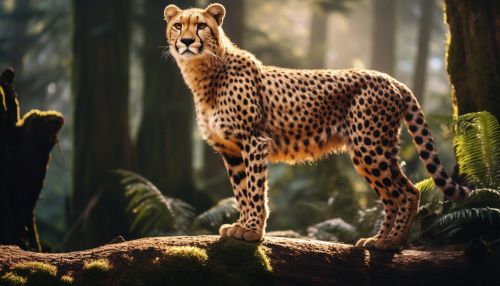Biological Mechanisms of Animal Instincts and Behavior
Introduction
Animal behavior is a fascinating and complex subject, deeply rooted in the biological mechanisms of an animal's body. These behaviors, often referred to as instincts, are innate and automatic responses to specific stimuli. They are not learned but are instead genetically programmed, passed down from generation to generation. This article will explore the biological mechanisms behind these instincts and behaviors, delving into the intricacies of animal neurobiology, genetics, and physiology.
Neurobiology of Animal Instincts


The neurobiology of animal instincts is a complex field, involving the study of the brain and nervous system. The brain, being the control center of an animal's body, plays a crucial role in dictating instinctual behaviors. The hypothalamus, for instance, is a region of the brain that regulates many instinctual behaviors, including aggression, mating, and feeding.
Neural Circuits
Neural circuits are interconnected networks of neurons that are responsible for processing and transmitting information in the brain. These circuits play a vital role in animal instincts and behaviors. For example, the predator-prey instinct is controlled by a specific neural circuit that triggers a fight or flight response when an animal senses danger.
Neurotransmitters and Hormones
Neurotransmitters and hormones also play a significant role in animal instincts and behaviors. Neurotransmitters, such as dopamine and serotonin, are chemicals that transmit signals between neurons. They can influence a variety of behaviors, including mood, sleep, and hunger. Hormones, on the other hand, are chemical messengers that travel through the bloodstream to tissues and organs. They can influence behaviors such as aggression, fear, and sexual behavior.
Genetics of Animal Instincts


The genetics of animal instincts is another crucial aspect of understanding these behaviors. Instincts are typically inherited, passed down from generation to generation through genes. These genes encode for specific proteins that influence the development and functioning of the nervous system, thereby dictating an animal's instinctual behaviors.
Genetic Mutations
Genetic mutations can also influence animal instincts and behaviors. These mutations can occur spontaneously or be induced by environmental factors, and they can lead to changes in an animal's behavior. For example, a mutation in a gene involved in the development of the nervous system could result in altered instinctual behaviors.
Epigenetics
Epigenetics is the study of changes in gene expression that do not involve alterations to the underlying DNA sequence. These changes can be influenced by various factors, including age, environment, and disease. Epigenetic changes can also influence animal instincts and behaviors. For instance, changes in gene expression can alter the functioning of the nervous system, leading to changes in instinctual behaviors.
Physiology of Animal Instincts


The physiology of animal instincts involves the study of how physical and biochemical processes within an animal's body contribute to these behaviors. This can include aspects such as sensory perception, motor control, and energy metabolism.
Sensory Perception
Sensory perception is a crucial aspect of animal instincts. Animals rely on their senses to interact with their environment and respond to potential threats or opportunities. For example, the instinct to flee from a predator is often triggered by sensory cues such as sight or sound.
Motor Control
Motor control is another important aspect of animal instincts. This involves the coordination of muscle movements to carry out a specific behavior. For instance, the instinct to chase prey involves complex motor control to coordinate the movements necessary for the chase.
Energy Metabolism
Energy metabolism also plays a role in animal instincts. This involves the process by which animals convert food into energy, which is then used to power their behaviors. For example, the instinct to hunt for food is driven by the need for energy to sustain the animal's body and behaviors.
Conclusion
Understanding the biological mechanisms of animal instincts and behaviors is a complex task, involving the study of neurobiology, genetics, and physiology. These mechanisms are deeply intertwined, each playing a crucial role in dictating an animal's instinctual behaviors. By studying these mechanisms, scientists can gain a deeper understanding of animal behavior, shedding light on the intricate workings of the animal kingdom.
